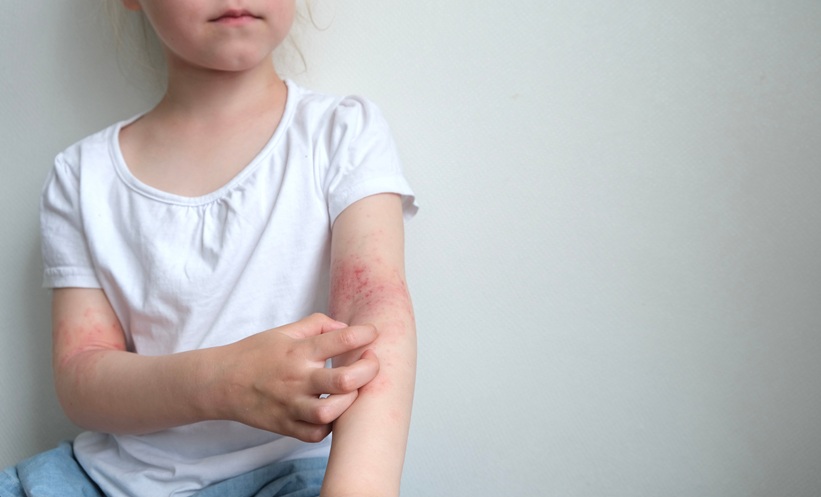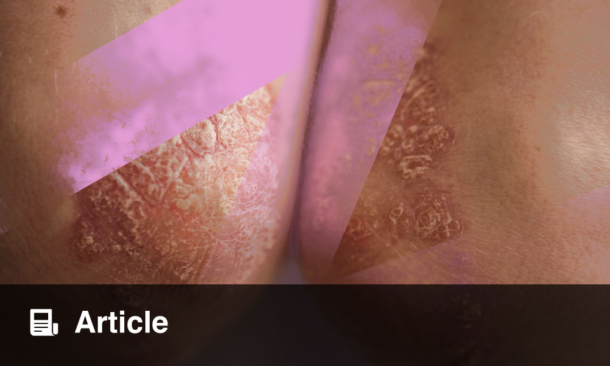INTRODUCTION
Atopic dermatitis (AD) is a chronic skin condition affecting children, often influenced by various environmental and behavioral factors. This study aims to assess the impact of several aggravating factors and resistance to treatments in AD among patients under 18 years of age.
MATERIALS AND METHOD
This cross-sectional study included 90 pediatric patients. Examined factors included habitat type, breastfeeding practices, timing of solid food introduction, exposure to irritating textiles, laundry methods, bath frequency, cleaning products used, tobacco exposure, allergens (dust mites, pet dander, pollen), presence of pets, sweating, stress, use of emollients, misuse of topical corticosteroids, repeated use of broad-spectrum antibiotics, and occurrences of contact eczema and skin irritations. Biological analyses included measurement of vitamin D levels, total IgE, and a blood panel (complete blood count, C-reactive protein, and allergy tests).
RESULTS
Preliminary data indicates a significant correlation between certain environmental and behavioral factors, such as exposure to irritating textiles, stress, and misuse of topical corticosteroids, with worsening symptoms and increased resistance to treatments. Conversely, regular use of emollients appears to positively impact symptom control. Exposure to domestic allergens and irritants also plays a crucial role in exacerbating the condition. A notable proportion of participants showed vitamin D deficiency and persistent inflammatory states.
CONCLUSION
This study highlights the significant influence of external and behavioral factors on the severity and treatment resistance in pediatric atopic dermatitis. Proactive management of these factors could potentially improve therapeutic outcomes and patient quality of life.







